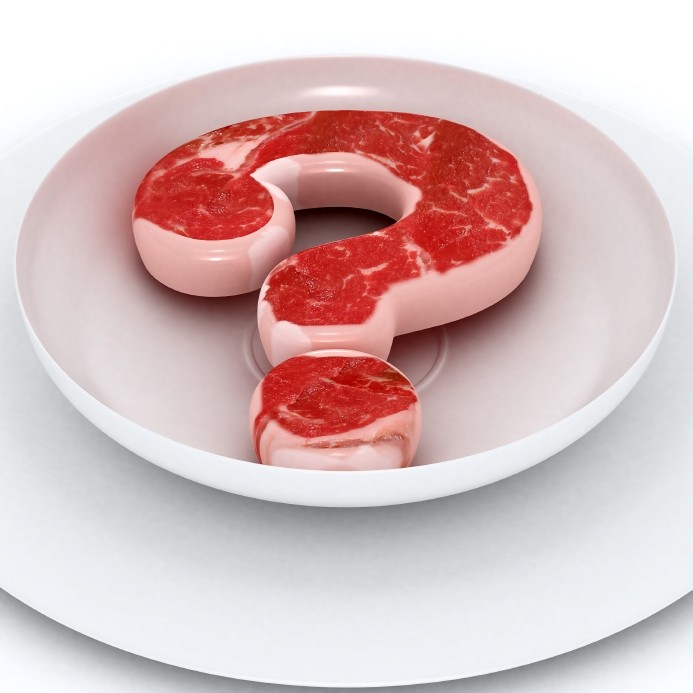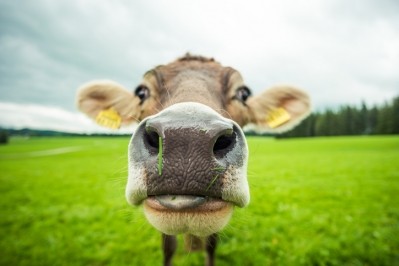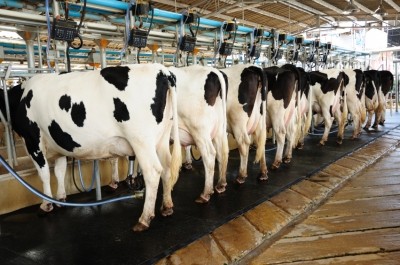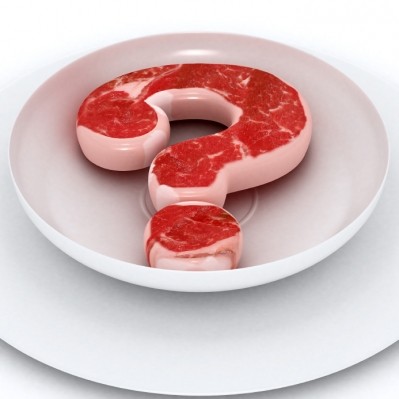Feed scrutinized in probe into suspected BSE case on Irish dairy farm

The animal involved was a five-year-old cow on a dairy farm in Louth. It did not enter the food chain, said the Irish Department of Agriculture, Food and the Marine (DFAM).
The incident came to light as a result of DFAM’s surveillance of animals that die on farm. "It is important to note that there is no food safety risk here and it is our rigorous control systems which identified this case," a DFAM spokeswoman told FeedNavigator.
Speaking at an animal welfare conference in Dublin today, Irish Minister for Agriculture, Simon Coveney, said his department was working with the farmer concerned to see how the cow could have become infected.
“Obviously, historically the cause of BSE predominantly is feed but we haven’t been feeding any meat and bone meal in Ireland for more than 14 years,” the Irish Times reported the minister as saying.
Rob McNabb, general manager of the Canadian Cattleman’s Association (CCA), speaking to FeedNavigator in February after a BSE case was detected on a Canadian farm, said BSE inquiries based on OIE guidelines always analyze the feed to which the animal may have been exposed early in its life:
“Due to the incubation period required for BSE to manifest in an animal, the evidence to date for classical BSE cases in Canada and elsewhere is that infective material in the feed is ingested by the animal during its first year. It then takes 5 to 8 years, and sometimes as long as 10 years for symptoms to present themselves.
In countries where a feed ban has been in effect, the focus is then on what feedstuffs may have been on the farm that pre-date the ban."
Figures from DFAM show last year was the first year in which Ireland was completely free of the disease in its beef herd since the BSE crisis in the 1990s. Previous to that, there had been one BSE case in 2013, while in 2012 there were three BSE cases recorded and three also in 2011.
Verification tests
The department, which is keeping the EU Commission and trading partners up to date on the incident, is running verification tests - the results of those should be available in one week.
If confirmed, this will be the first BSE case found in Ireland since 2013, and it could also mean Ireland’s ‘negligible risk status’ from the World Organization for Animal Health (OIE), which it received only last week, might be removed.
In such an event, Ireland is likely to revert to ‘controlled risk status’ which applied up to last week and which facilitated trade to a wide range of international markets.
It will also result in the continuation of the existing range of controls for a further number of years.
Search of farm records
A full epidemiological investigation into the Louth case is being carried out, said DFAM. This includes an examination of farm records and a search of the facilities to determine if any evidence of potential exposure to meat and bone meal can be found.
All cohort animals are traced using the department’s Animal Health Computer System (AHCS) to where they are currently located, then slaughtered in a dedicated slaughter plant where no meat for human consumption is produced, and their carcasses destroyed.
Cohort animals are those which would have shared the same farm(s) as the BSE positive animal when both animals were less than a year old, and therefore are at risk of having eaten the same contaminated feed.







